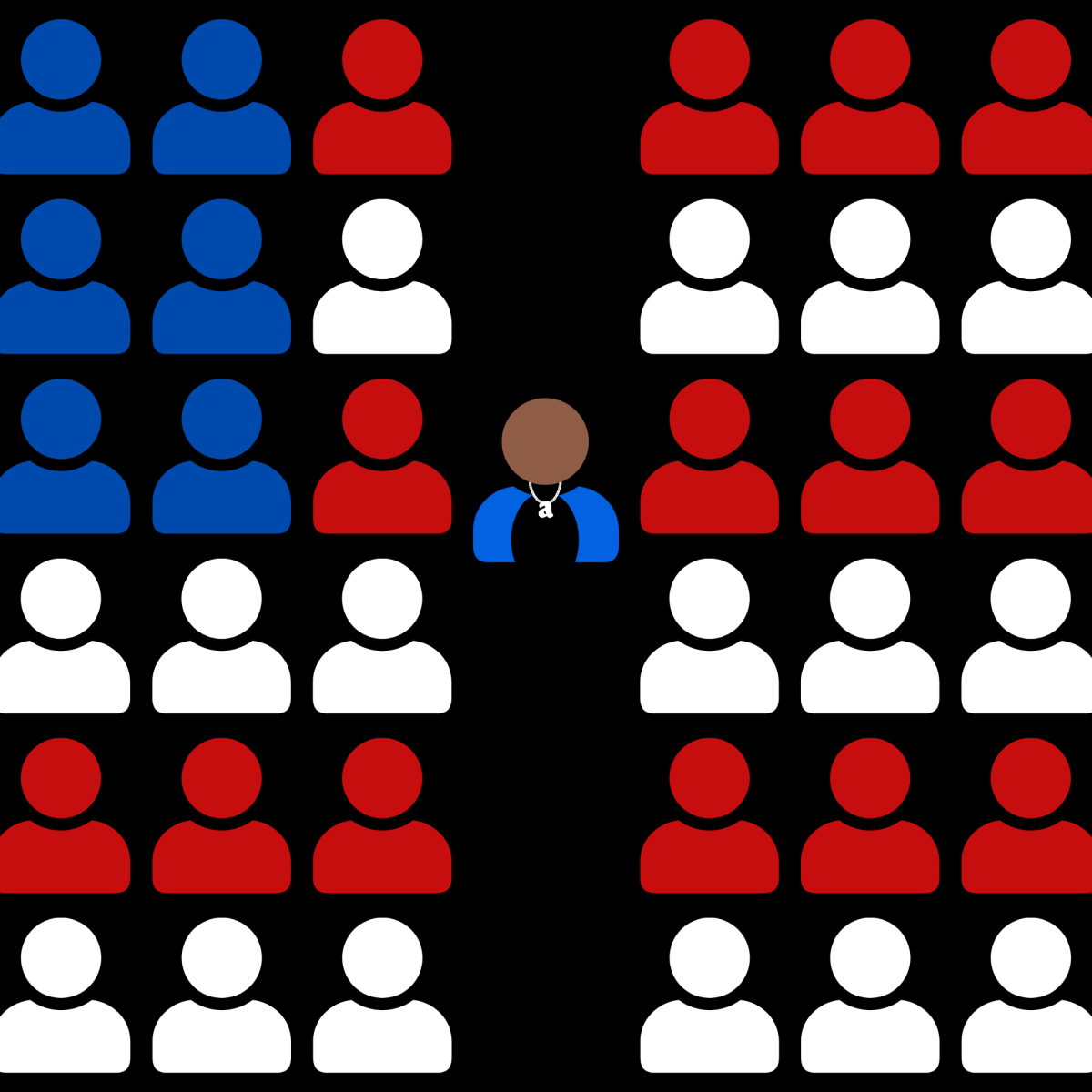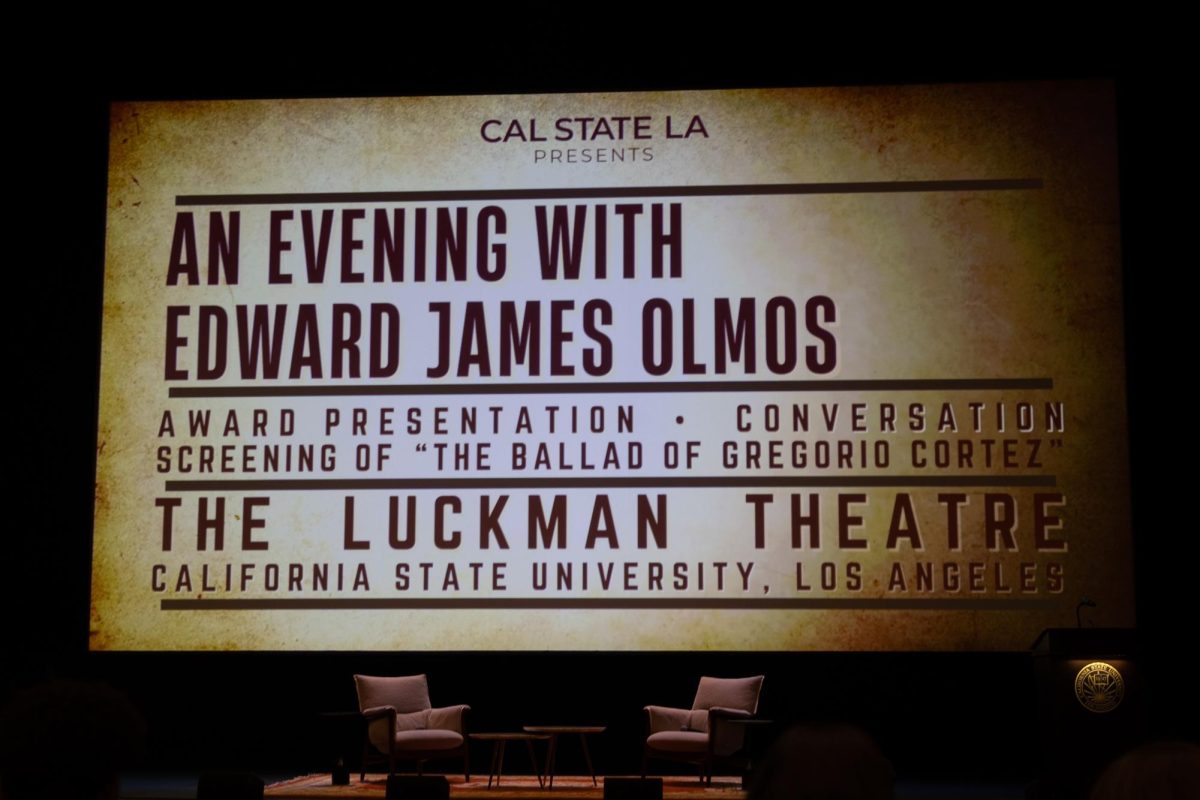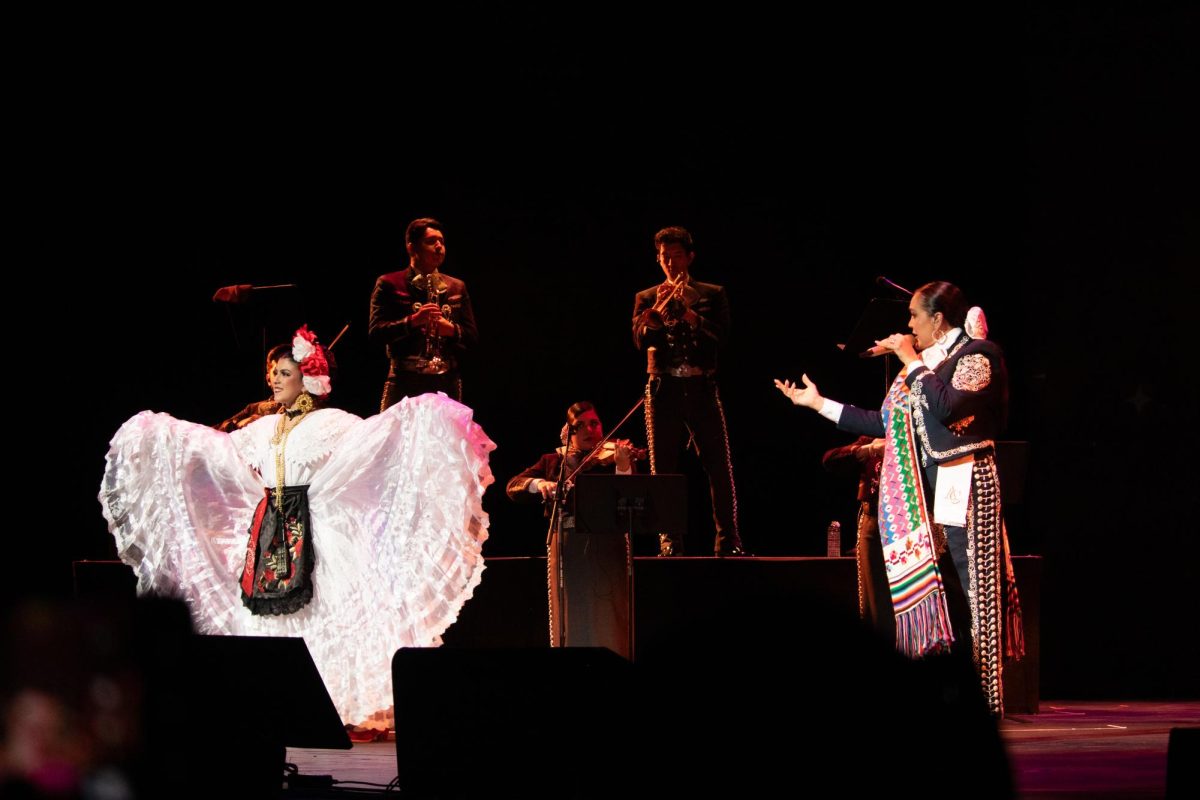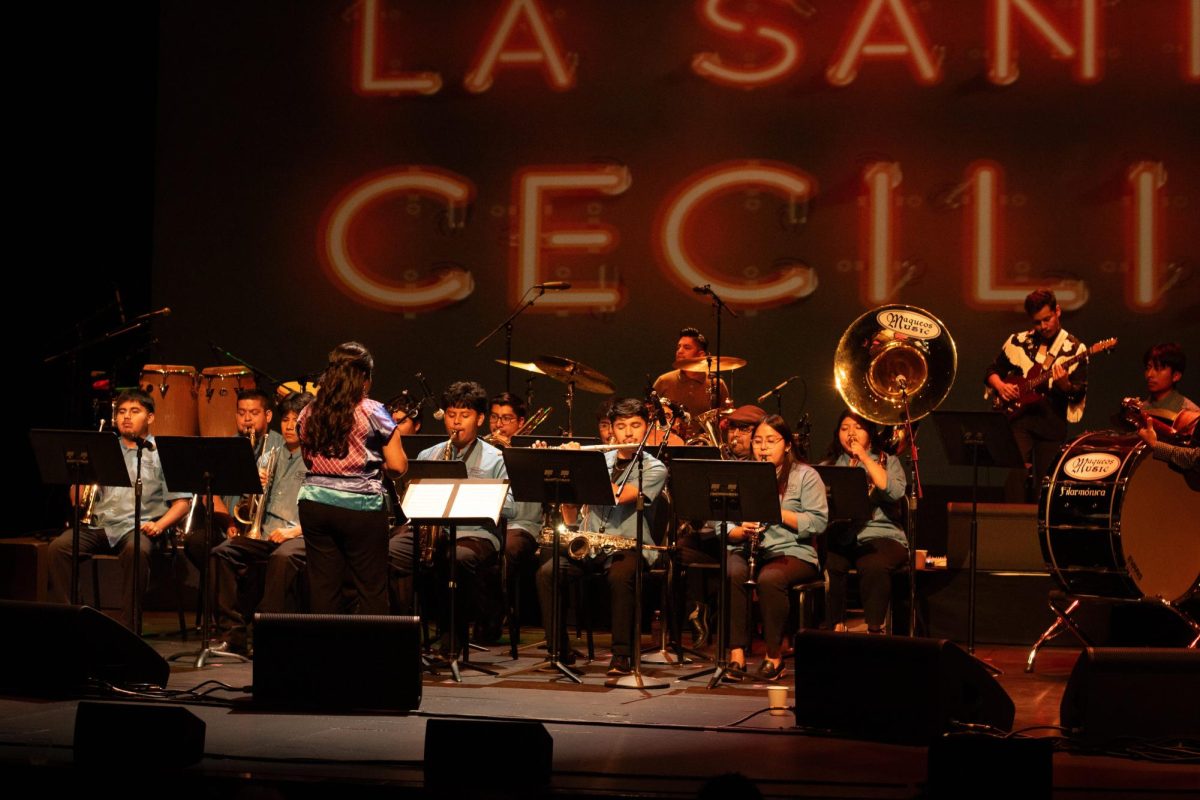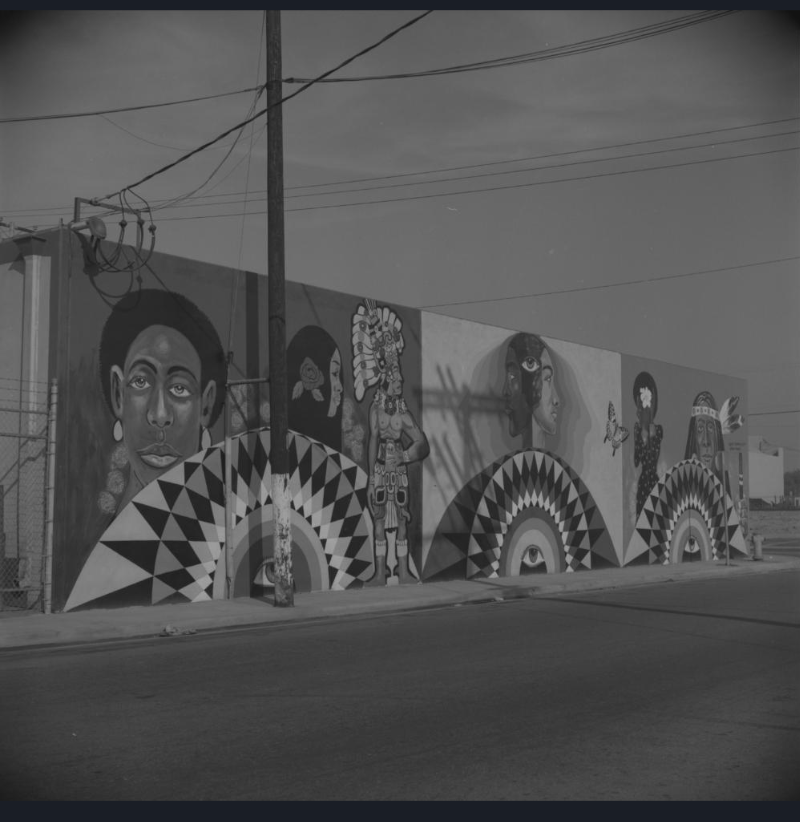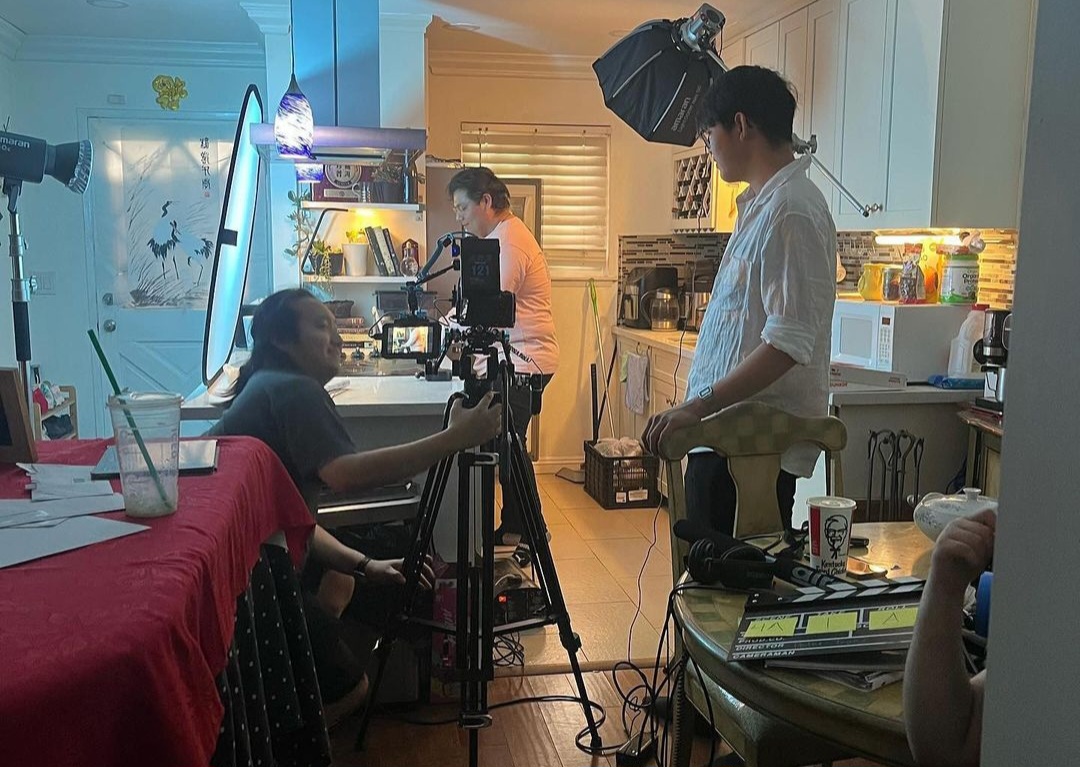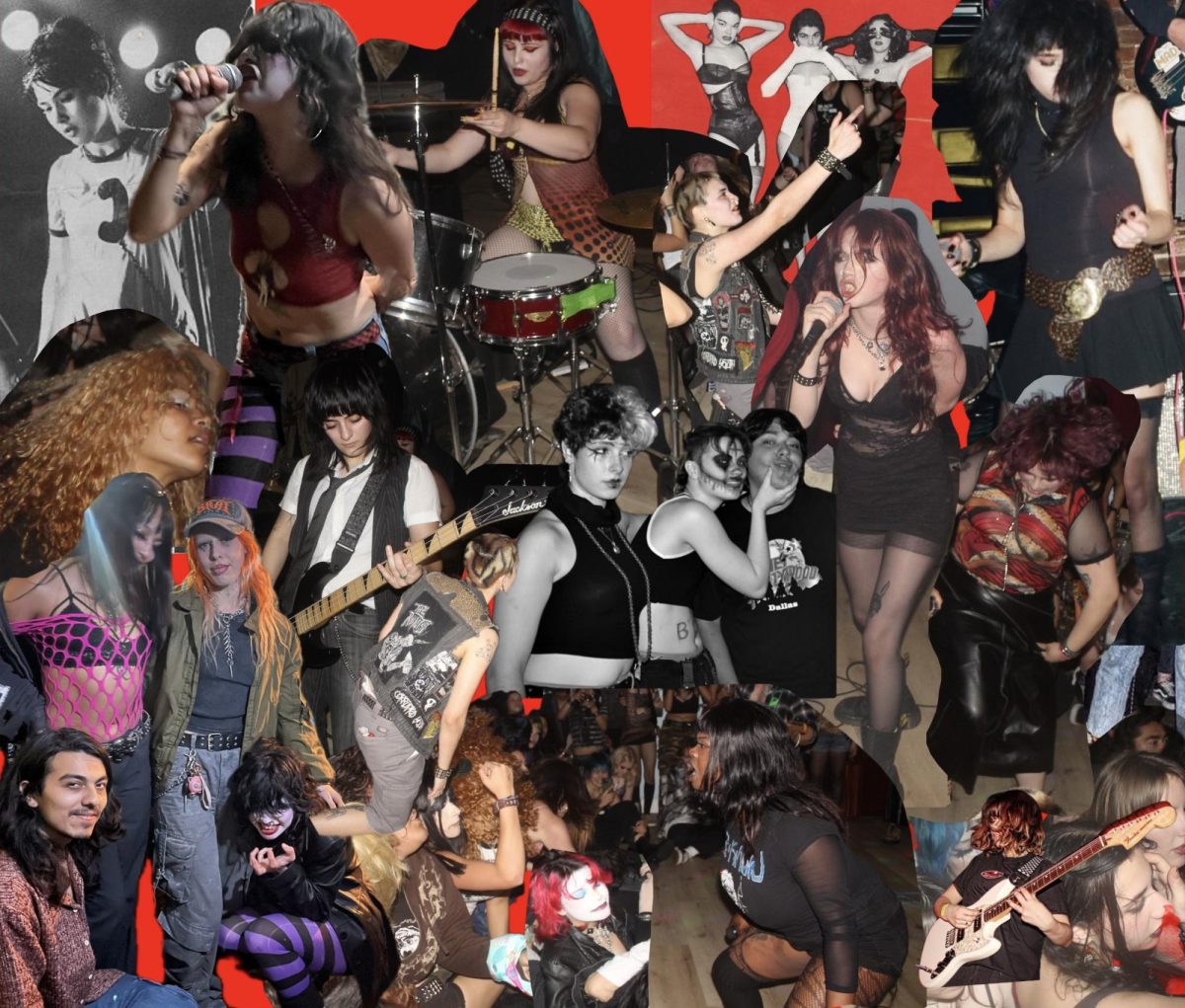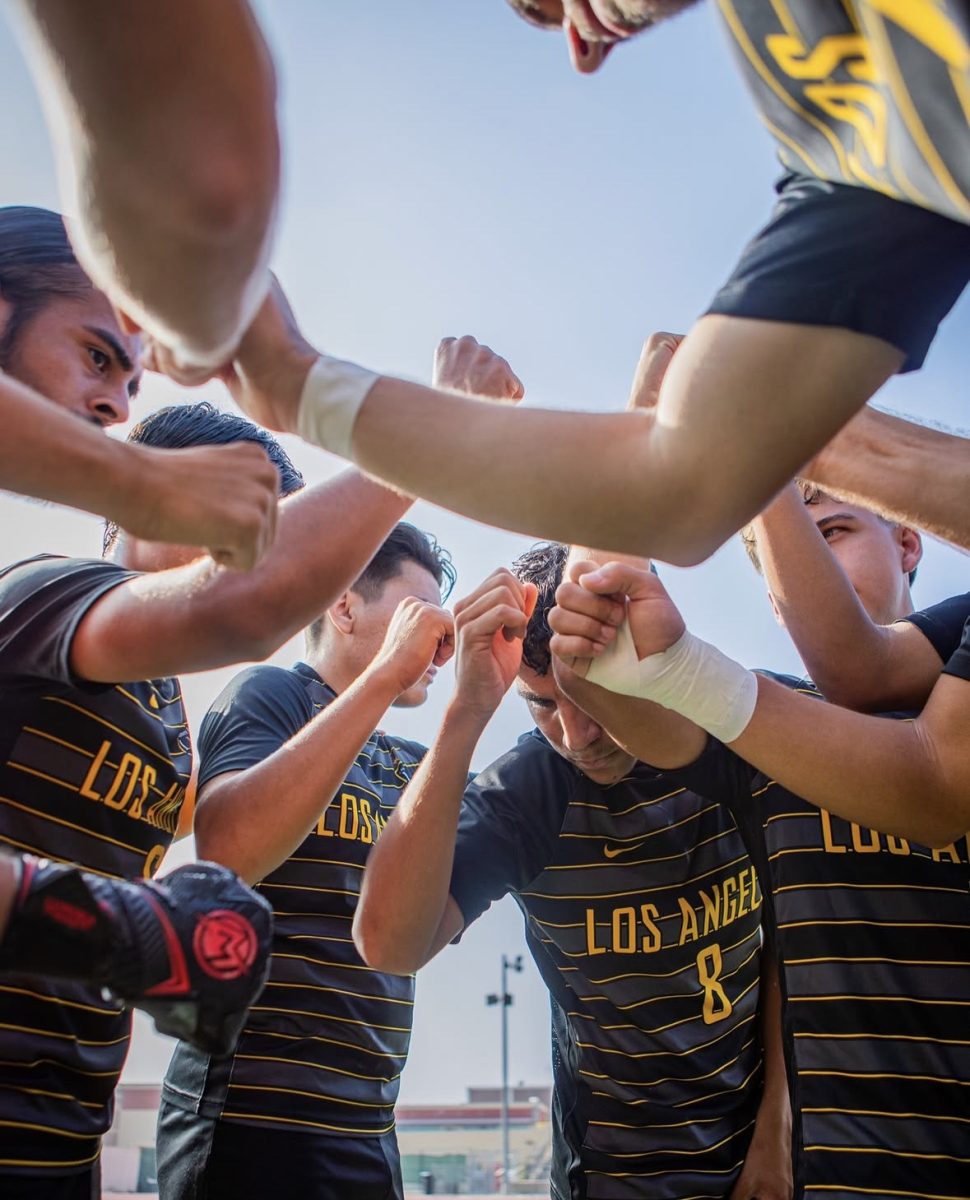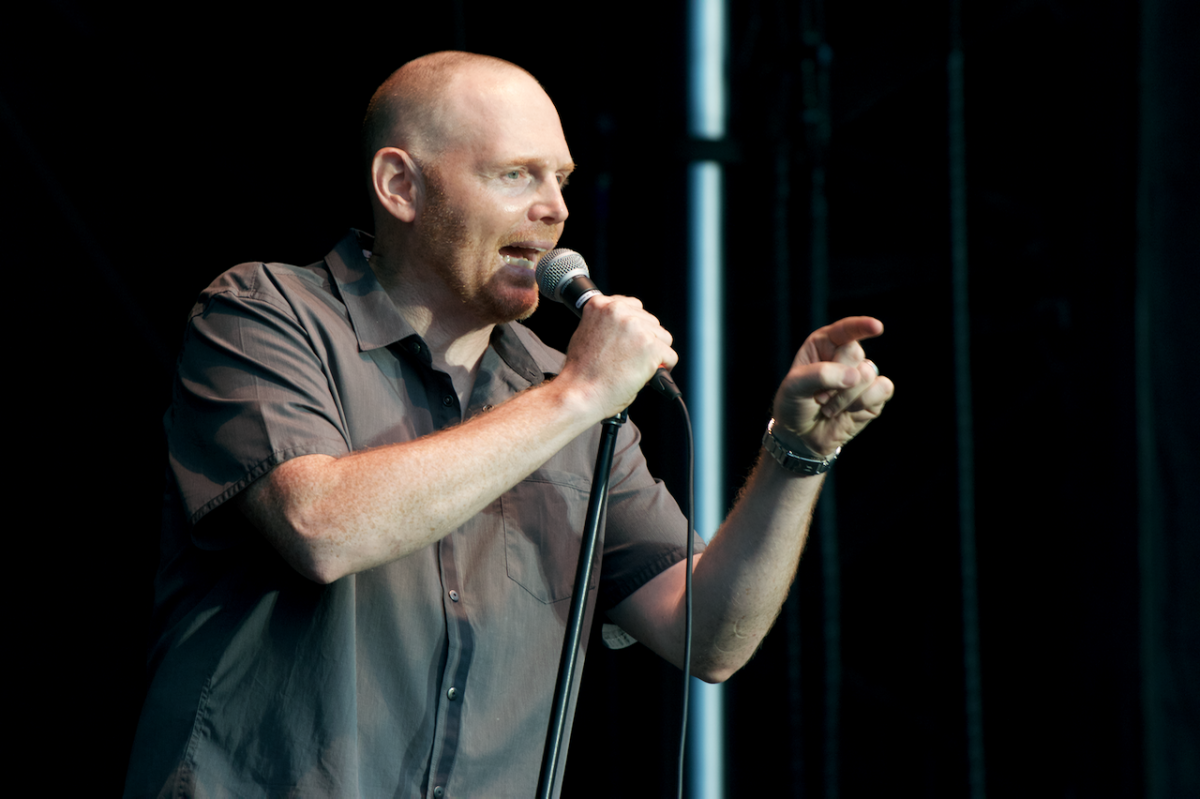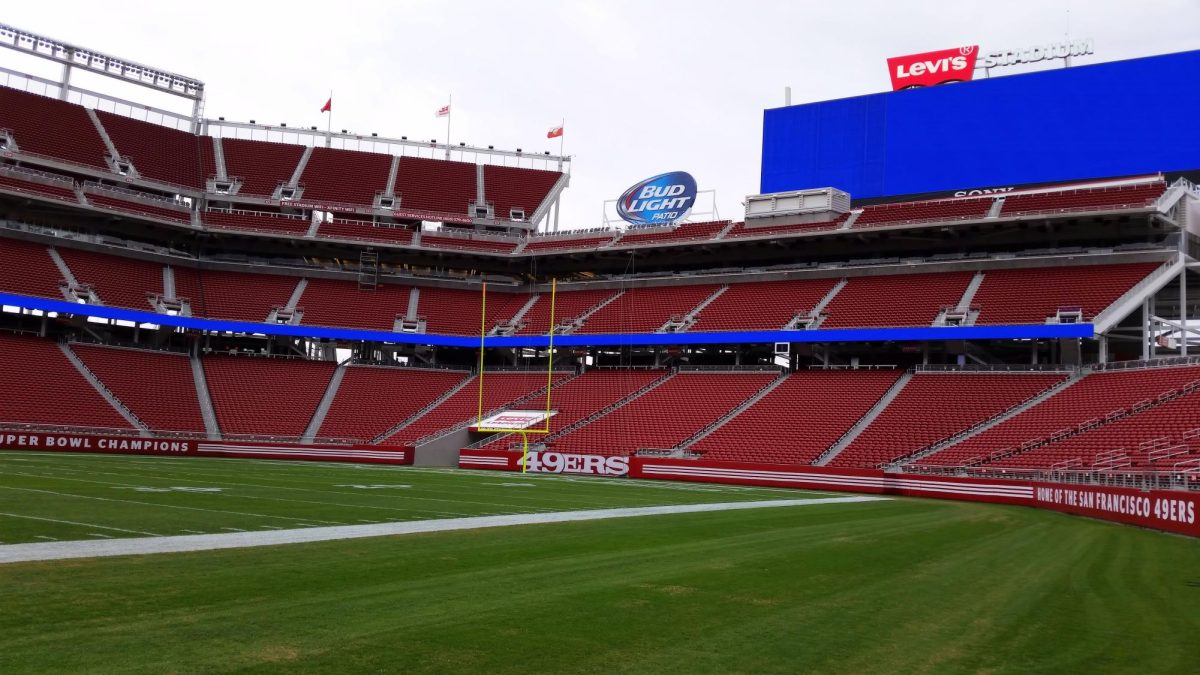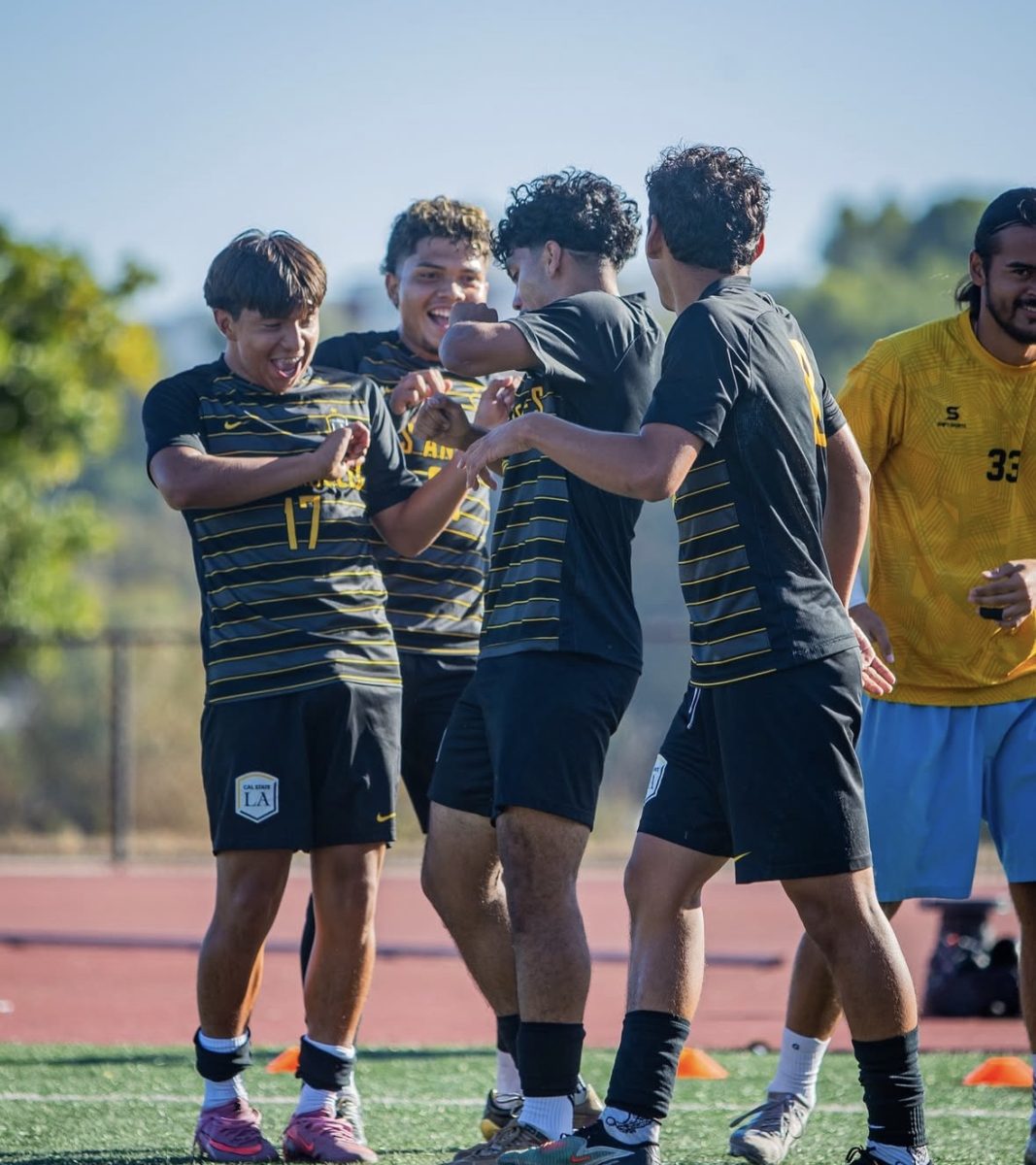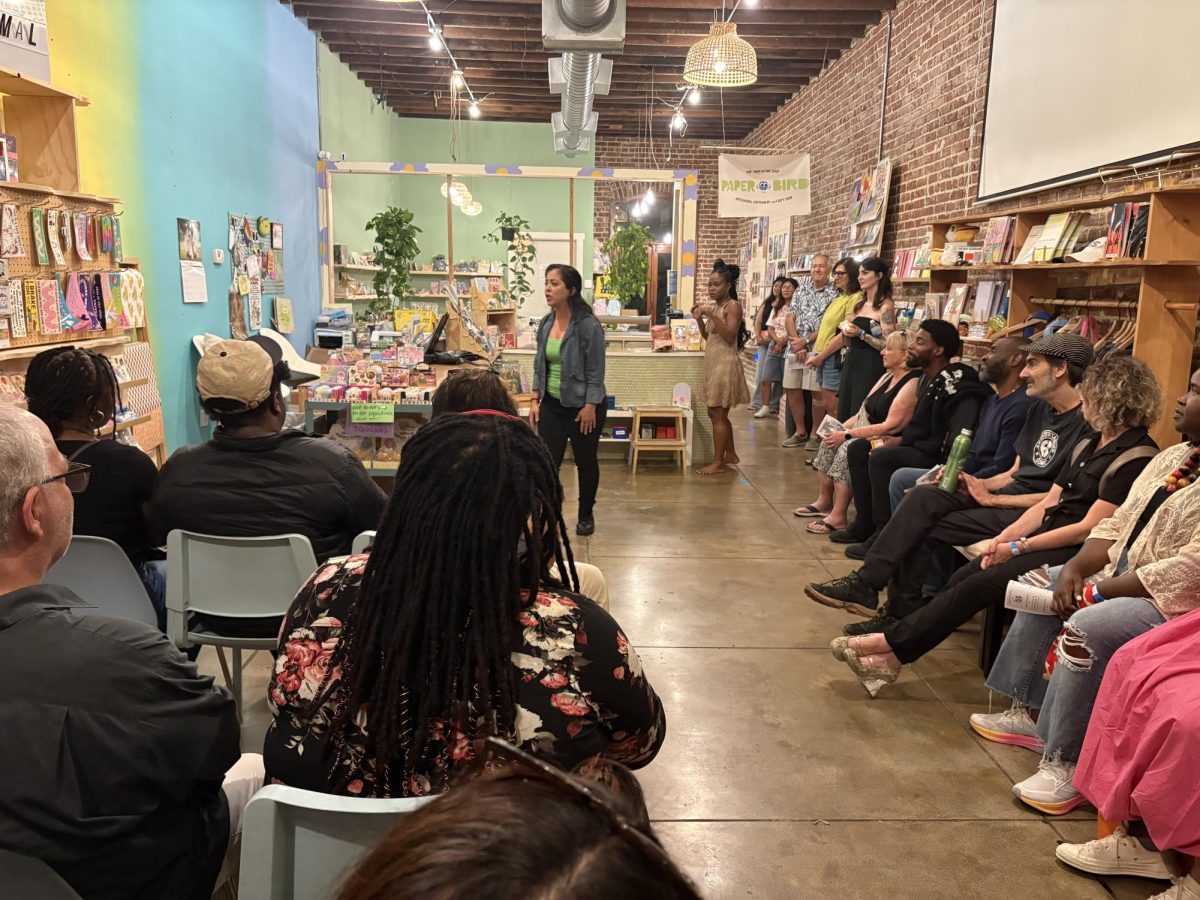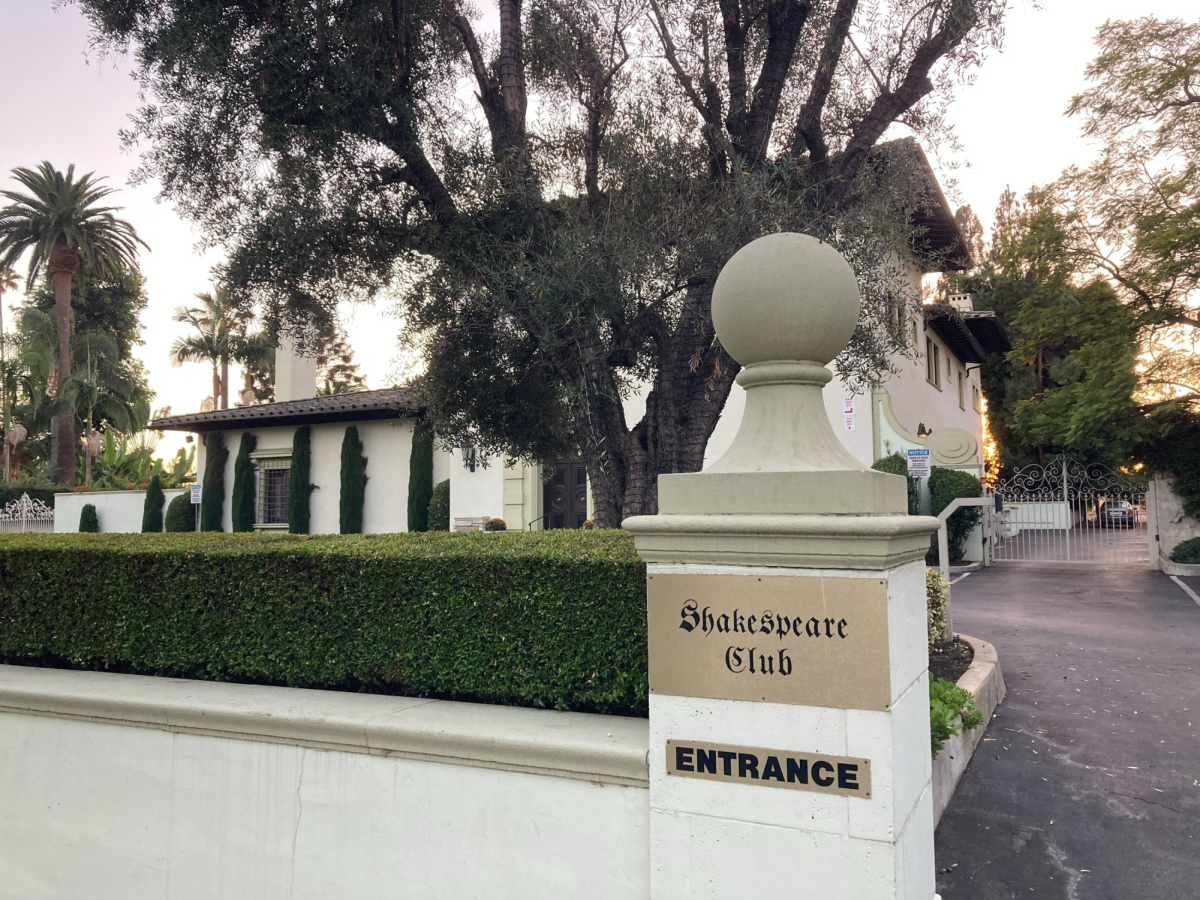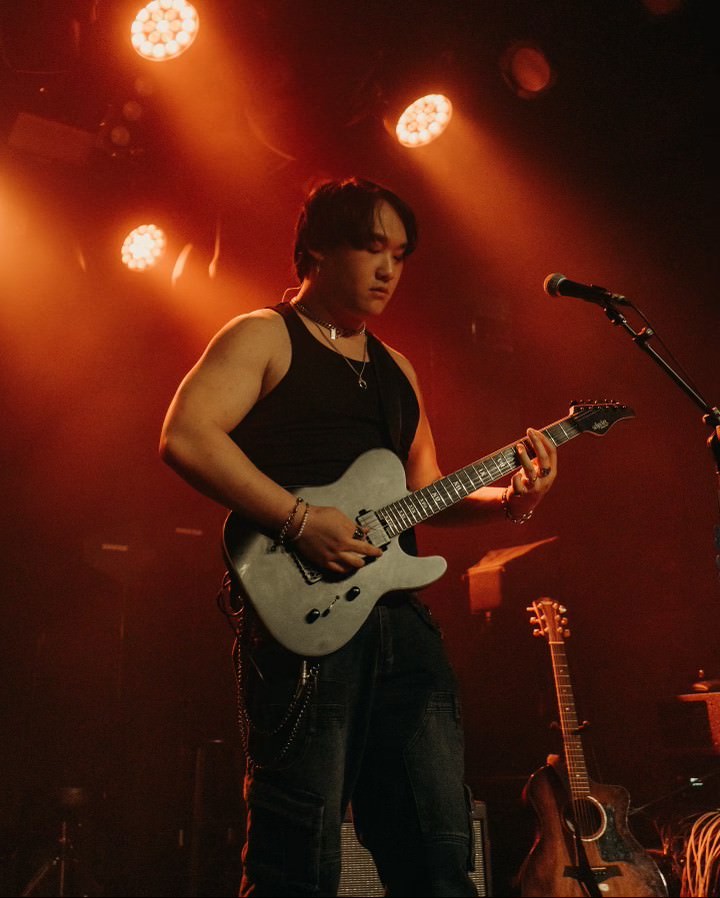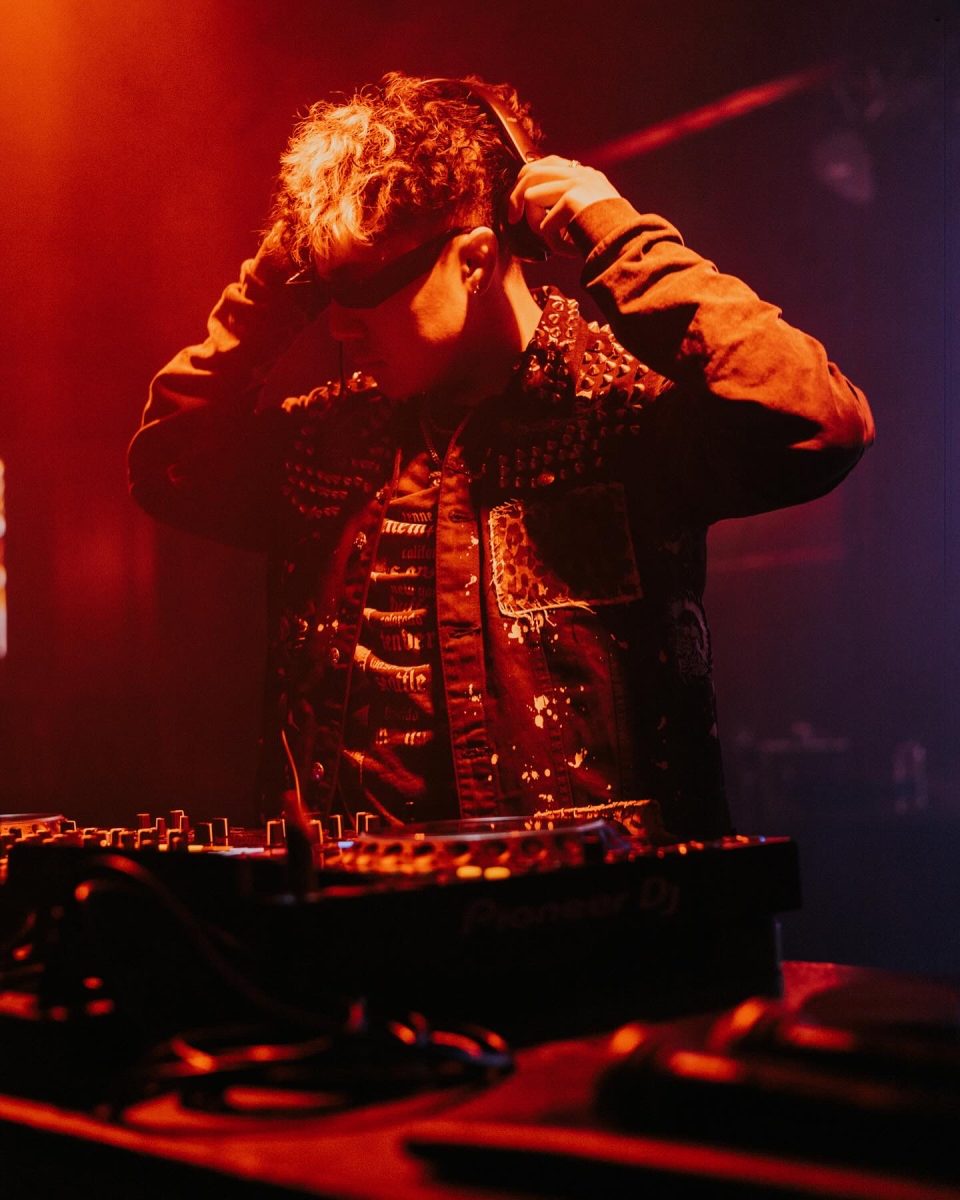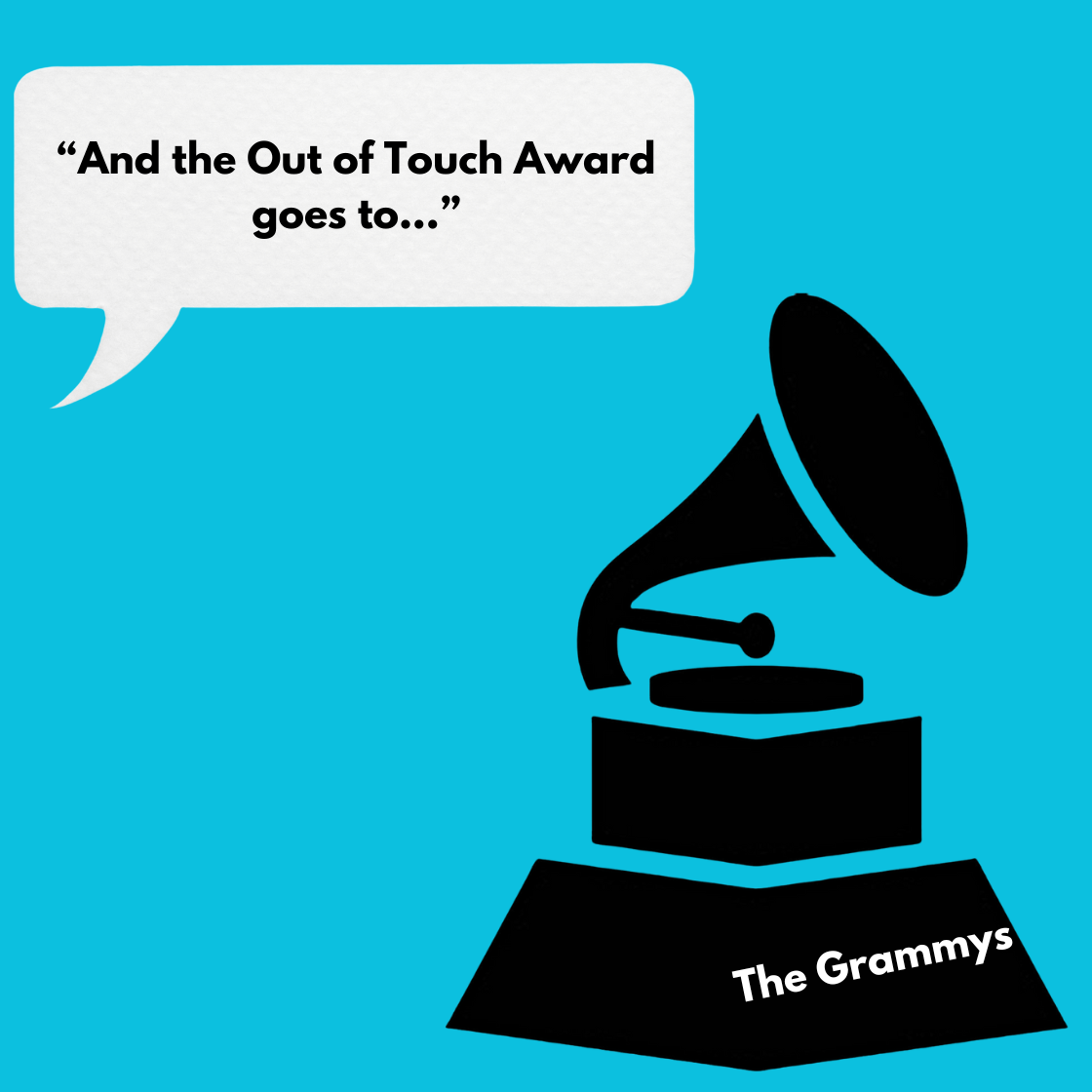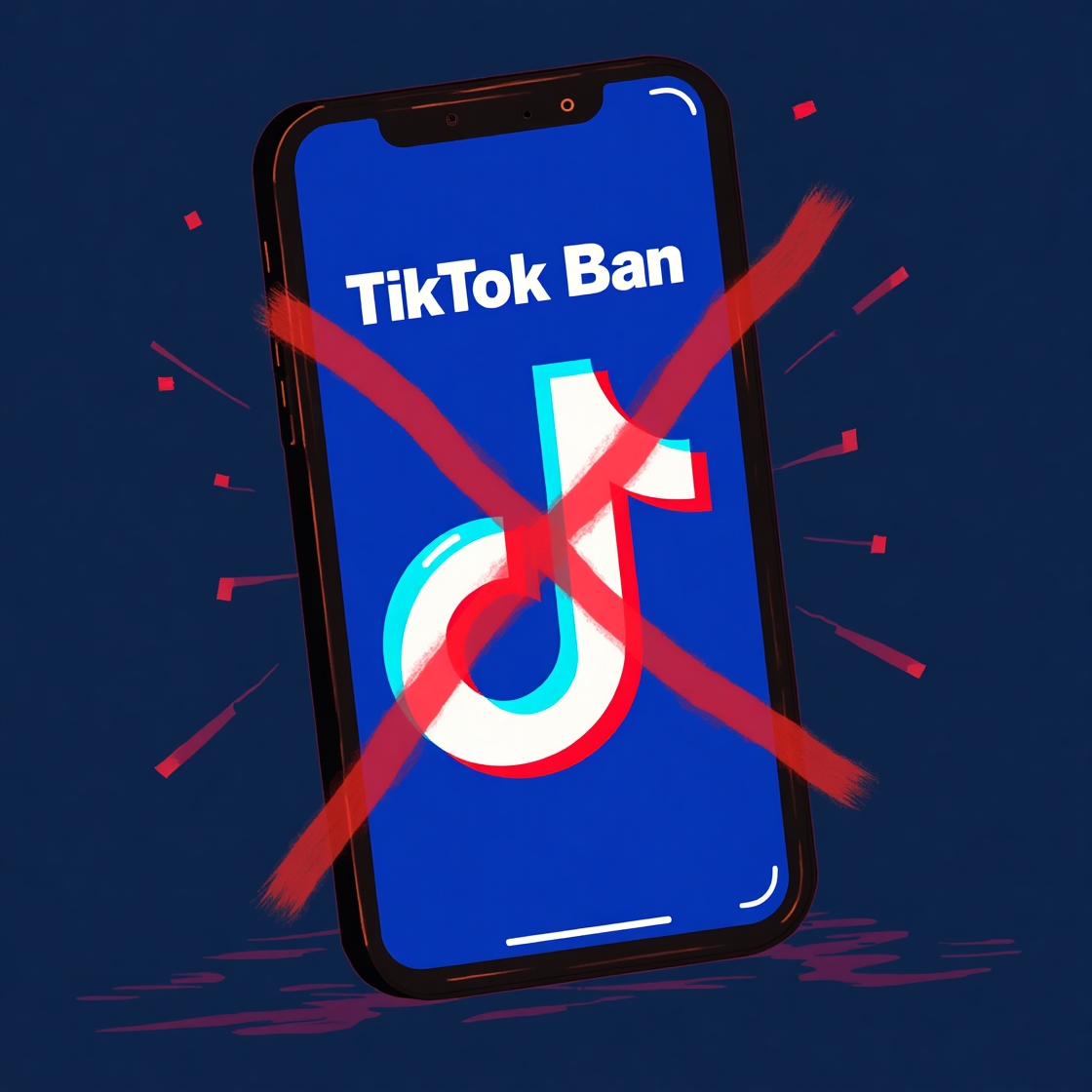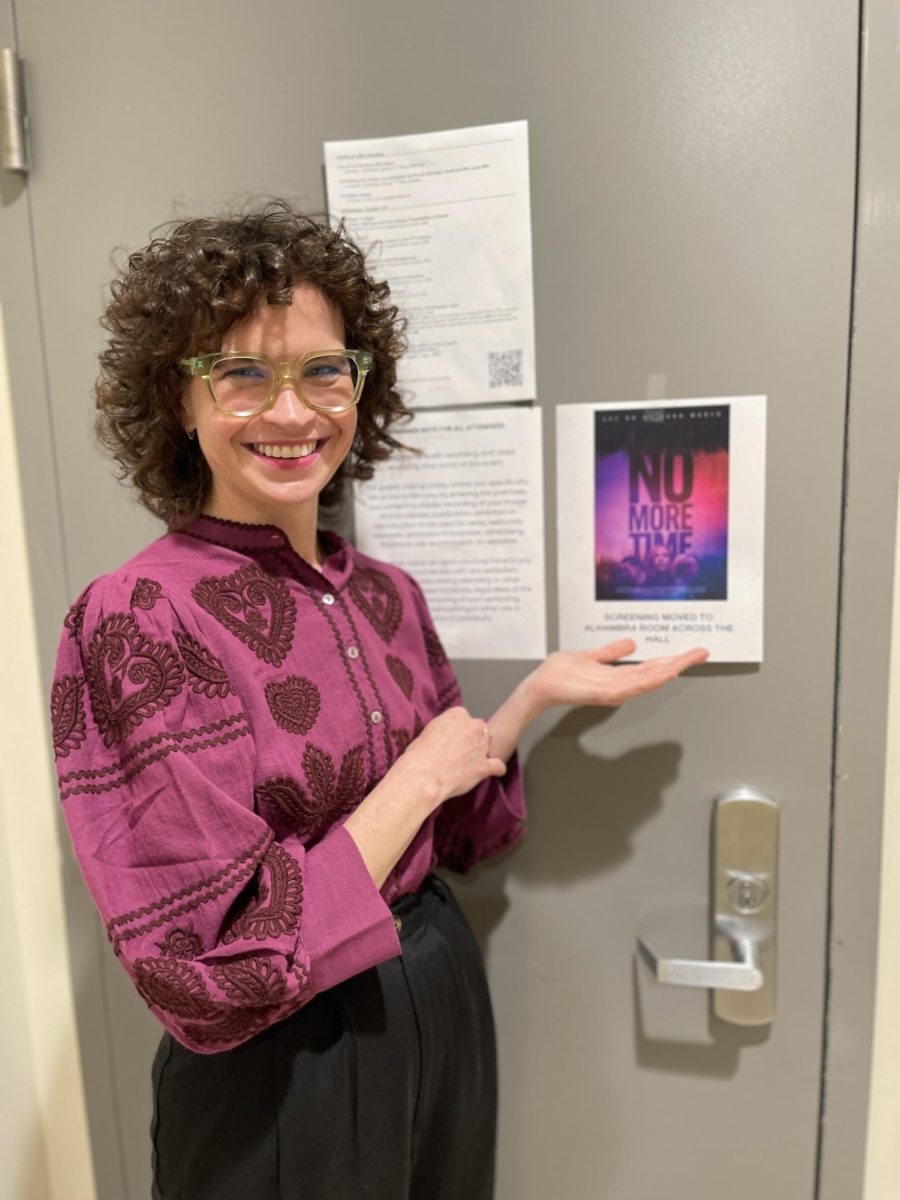This story was developed in partnership with students from Dorsey High School as part of an internship program with the University Times.
While the highly anticipated showdown between the Philadelphia Eagles and Kansas City Chiefs in Sunday’s Super Bowl LIX may have fallen short of expectations to some, the halftime show featuring Kendrick Lamar and SZA provided viewers with a halftime performance brimming with symbolism.
The current state of American politics in the months before the Super Bowl also played a massive role in influencing Lamar’s performance and artistic direction, with much of the performance aimed at shedding light on America’s history of racism.
The performance kicked off with actor Samuel L. Jackson, greeting viewers as Uncle Sam, the symbolic personification of U.S. patriotism. Uncle Sam’s image became a popular method of propaganda and recruiting tool in the early 20th century as the U.S. became an active participant in World War I. Since that time, Uncle Sam’s look has rarely changed, always depicted as an older white man seeking to encourage patriotism.
Within three minutes of the show, Uncle Sam scolds Lamar for being “too loud, too reckless, too ghetto,” and asks the artist if he knows “how to play the game.”
He proceeds to ask Lamar if he knows how to “play the game,” suggesting Lamar perform in a manner of a typical Super Bowl halftime show, using flashing lights, fireworks, and other gimmicks that provide more entertainment and less commentary on social issues.
Throughout the performance, Jackson’s character continued to antagonize and talk down to Lamar for refusing to “play the game.” It’s not until SZA and Lamar performed the song “All the Stars” that Uncle Sam commends him for giving America what it wants: a commercially successful song that is “nice and calm.”
Both set design placement and the costume design of the dancers showcased a variety of symbolism. Cal State LA student and Lamar fan Christine Arciniega said she liked the storytelling aspect of the performance and how the stage was designed to look like a video game controller.
“The outfits of the dancers, I did notice they were in red, and white, and blue, and he set them up to be shaped like the American flag,” Arciniega said.
Dancers surrounding the stage were dressed in the colors of the American flag. At one point in the show, Lamar stands amid the performers, and as the spotlight hones on him, the performers split in two, cutting the flag in half with Lamar standing in the middle.
Rafael Gonzalez said the performance showed “a lot of creativity” in its design. He said he noticed during the show when one performer ran out onto the field and displayed a Palestinian and Sudanese flag before being escorted off by security.
“There was a lot of stuff going on, and the president was there, so I think it was outing to him,” Gonzalez said, referencing President Donald Trump in attendance, the first for a sitting president.
Professor in Kinesiology Isai Martinez said he was very excited to see Lamar at the Super Bowl.
“I thought it was awesome. I love K.Dot, representing L.A.,” he said. “I couldn’t be more proud to see him do his thing.”
Other key moments in the halftime show include lyrics referencing moments in history that reflect injustice and revolutionary ideas. One phrase Lamar used, “40 acres and a mule,” references Special Field Order No. 15, which dates back to the post-Civil War Reconstruction era. Commanding General for the Union, William Tecumseh Sherman, issued the order, which was meant to allocate 400,000 acres of land formerly owned by Confederate landowners to Black families.
Forty acres would be allocated to each family, stretching from Charleston, South Carolina, to St. John’s River, Florida. President Andrew Johnson then reversed the order a few months after becoming president and gave most of the land back to the original Confederate landowners. The reversal of this order bred an environment of exploitation in which many former slaves became sharecroppers.
This broken promise represents just one of many in a long history of social, political, and economic inequality.
Another phrase, “the revolution ‘bout to be televised,” comes from the 1971 Gil Scott-Heron song, “The Revolution will not be televised.” The song itself responds to another song titled “When The Revolution Comes” by The Last Poets, where they assert that when a revolution comes, it will not be on television. In Gil Scott-Heron’s song, the main idea revolves around the fact that change will not occur by inaction or through mainstream media, where it would ultimately be commercialized and made trivial.
As Lamar stood on the hood of a car, he stated, “The revolution ‘bout to be televised, you picked the right time but the wrong guy.” Ultimately, Lamar’s comments echo the past and are open to more than one interpretation.
Towards the end of the show, Lamar played his popular song, “Not Like Us,” pitting rapper Drake in his crosshairs. As Lamar strutted down the stage with his ‘A-Minor’ chain, he looked directly into the camera and smiled, uttering one of the most popular lyrics in the song.
“Say Drake, I heard you like ‘em young,” Lamar sang.
Over the past summer, Lamar found himself embroiled in a feud with Canadian rapper Aubrey Graham, better known as Drake. Exchanging diss tracks, Lamar capped off the feud in May with the single, in which he alleges Drake is a “certified pedophile.”
Since then, the feud has only escalated, with Drake using legal methods to fire back at Lamar and Universal Music Group (UMG). In January 2025, Drake filed a defamation suit against UMG, and accused them of artificially inflating numbers regarding Lamar’s summer hit.
This article was first published in the February 13 print edition of the University Times.

